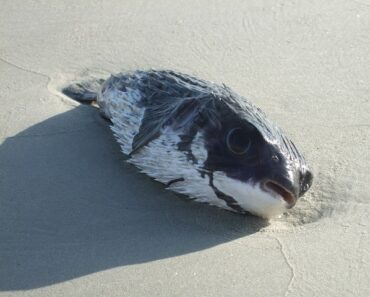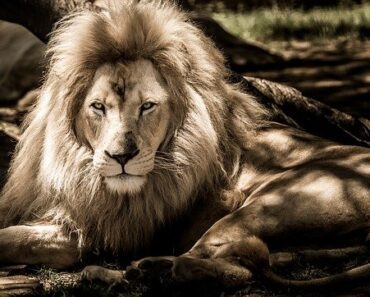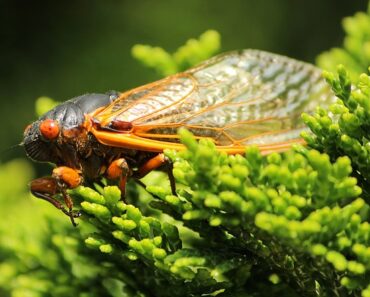
The sense of orientation in animals
It has always been difficult for a human to travel long distances without a GPS, or for the most daring, with a map! In fact, it is, even if anecdotally, a rather common and comical subject of arguments among couples who travel by car. Finding your way when you don’t know the route is then part of the fighter’s journey. However, animals manage to find their way without these tricks and sometimes over very long distances, like migratory animals. But then, how do they do it?
Scientists are still asking themselves many questions about this phenomenon, the mysteries of which have yet to be unraveled.
In the meantime, here are some elements of answer.
Animals use visual cues to move around
Stored clues on the way to find your way around
It is in the animals’ best interest to move around in order to meet their needs: to feed themselves, to find a partner, to defend their territory… To do so, they must survey their home range (the entire area used by the animal to meet its needs). As they “walk” through it, many of them memorize the location and shape of the elements they encounter along the way: trees, rocks, buildings, bushes, etc., and thus obtain a spatial representation of their environment.
To get from point A to point B, the animals would most often take the same paths and then associate a direction to take with each memorized landmark, until the next clue reminds them of the next direction to the point of arrival.
For example, when I want to go to the bakery in my neighbourhood, I know that when I leave my house, I have to take a left for about 50 meters before I see the sign of my supermarket. I will then have to go to the right to get it on my back, and finally walk about 20 meters before I can buy myself a baguette.
It’s about the same principle in animals. To orient themselves during their flight, some birds follow the elements of the landscape: rivers, railroad lines, etc…
And not only in vertebrates! Insects, such as ants and bees, also rely heavily on visual cues.
Animals use the sun and stars as guides.
Day and night, animals are also able to find their way and stay on course, thanks to natural elements such as the sun and stars.
Some species, in order to travel long distances, find their way during the day by following a precise direction that they keep in relation to the sun throughout the day.
For example, migratory birds seeking to reach a warmer continent to spend the season know that to get there, they must fly at a certain angle to the sun when it is 8:00 am. But throughout the day, the sun moves, and keeping the same angle may lead them on the wrong road! But don’t panic: equipped with an internal biological clock, they are able to rectify the situation and stay on course at any time of the day. Even on cloudy days, when the sun is hidden, they are able to infer the position of the sun thanks to polarized light.
Many animals have an organ that allows them to visualize it.
Nocturnal animals, or birds making night migrations, orient themselves thanks to the stars that allow them to maintain their direction.
The magnetic field: a natural GPS in animals
The earth’s magnetic field to keep on course
The earth is subject to a magnetic field, and some animals, such as migratory animals (birds, fish, marine mammals), would be sensitive to its inclination, while some insects would be sensitive to its polarity.
This would then be very useful for them to be able to navigate in space over long distances.
The mystery of animals’ ability to detect terrestrial magnetic fields
How do animals manage to detect the magnetic field? This is a question that is still debated among scientists. Magnetic sensors and magnetite, a mineral that acts as a magnet, have been found in the eyes and beaks of some birds, which may play a role in their orientation.
However, research continues to unravel the mystery of this extraordinary navigation!






